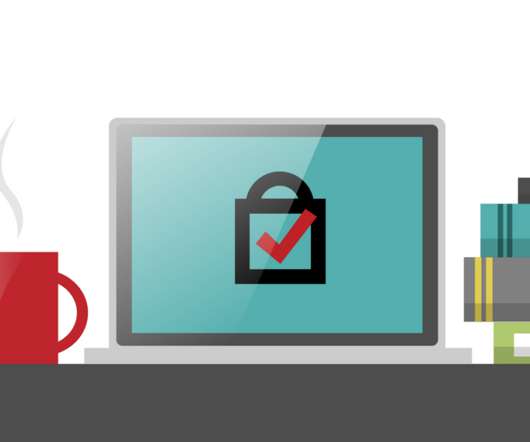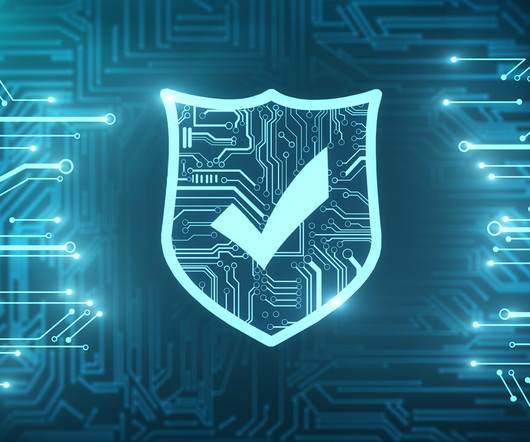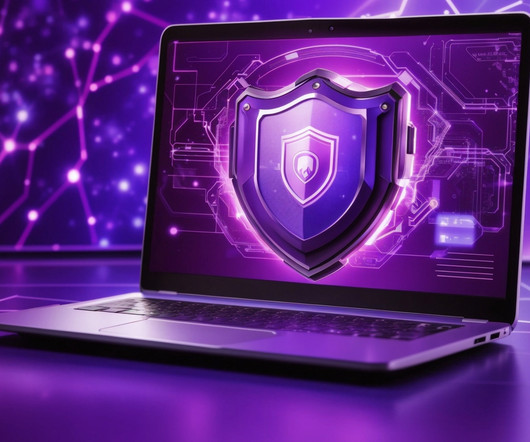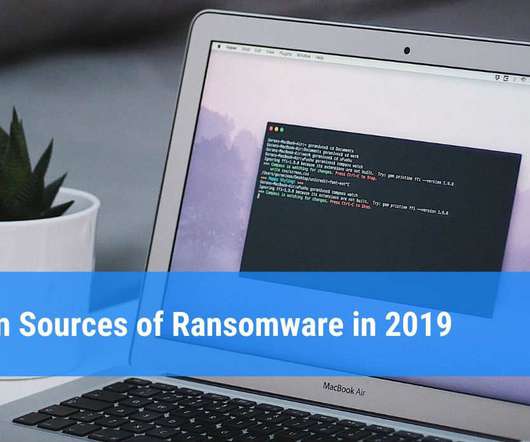5 Steps to Building a Foolproof Cybersecurity Incident Response Plan
SiteLock
AUGUST 27, 2021
Most simply don’t have the resources to employ a dedicated cybersecurity team or invest in comprehensive security awareness training, leaving employees more vulnerable to phishing attacks and other scams. That means you need to have a plan for responding to attacks that break through even the most secure defenses.












Let's personalize your content